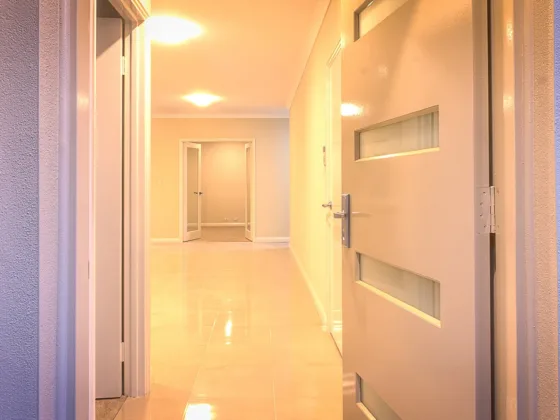Table of Contents Show
Most people aim for a specific age to begin retirement. A better strategy is to target a number: the number you will need to adequately fund an active retirement lifestyle.
When it comes to retirement, most people have an age in mind. For many of us, Social Security has set 67 as the magic number for full retirement benefits and so that has become our target. For others 65, 62, 55, and even 50 have become popular retirement numbers of late.
A better way to plan for retirement, however, is to target a budgetary value rather than an age. For some, this number may be $250,000, for others $500,000. Some will feel that nothing less than $1,000,000 will adequately fund an active senior lifestyle.
So, with so many numbers out there, how does one calculate their own personal optimum retirement date? Here are some simple mathematical calculations that can take the mystery out of figuring out what retirement number is right for you.

Create a Retirement Budget
The first step in calculating when you can retire is to prepare a retirement budget. You won’t know how much money you need until you figure out how much money you plan to spend.
Make sure you include line items for what you want to do (golf, trips, grandkids), as well as the necessities (mortgage, utilities, food).
Identify Other Income
Social Security is the big one here. The Social Security Administration no longer issues annual benefit statements outlining how much you will receive in case of death or disability. However, you can still get a fairly accurate estimate by using the Retirement Estimator on the Social Security website.
Consider any vested retirement or pension plans as well. Rents or royalties that you expect to continue through retirement should also be added in at this stage. Other income should include any known, dependable income that is not tied to your personal savings and monetary investments.
Determine Your Annual Needs
Once you have calculated your expenses and your known income, the difference is what you need to be able to withdraw annually from your personal retirement savings.
For workers looking to fund a 20-year retirement, calculations should be based on withdrawing 5% per year starting the first year of retirement.
For those hoping to fund a 30-year retirement, plan on only being able to withdraw 4% annually in order for your funds to last. Annual withdrawals should only be increased by the amount of annual inflation.
Read Also:
Running the Numbers
To find your perfect number: multiply your monthly shortfall by 12, and then divide that number by .04 (30-year retirement) or .05 (20-year retirement).
For example, a single woman projects that she requires $2,000 monthly to fund a comfortable retirement. Her Social Security calculator estimates her full retirement benefits to be $1,038.
Born in 1959, she must wait to start collecting benefits until age 66 years and 10 months in order to receive the full amount. She will begin receiving a $300 per month pension from a former employer at age 65.
If she waits until full retirement age for Social Security purposes, her monthly shortage is $662 ($2,000 – $1,038 – $300). If she wants to fund a retirement until the age of 87, her target is $158,880 in retirement savings. ($662 multiplied by 12 months, divided by 5% equals 158,880)
For a more conservative approach, she may choose to plan for a life expectancy until age 97. She will then need at least $198,600 in investments in order to meet her monthly budget needs. ($662 multiplied by 12 months, divided by 4% equals $198,600)
If she can save as much as $236,700 for retirement, she can actually move up her retirement date to age 65 when her pension starts paying out. Her Social Security benefits will be reduced to 87.8 of her full benefit, making her new distribution $911 monthly. (Social Security provides a chart for calculating benefits for early retirement on its website as well.)
Her budget shortfall is now $789 ($2,000 – $911 – $300). Using a 30-year retirement calculation, $789 multiplied by 12 months, divided by 4% equals $236,700.





